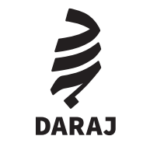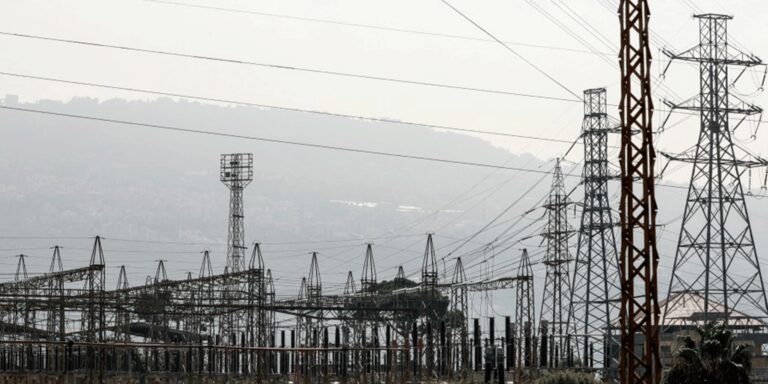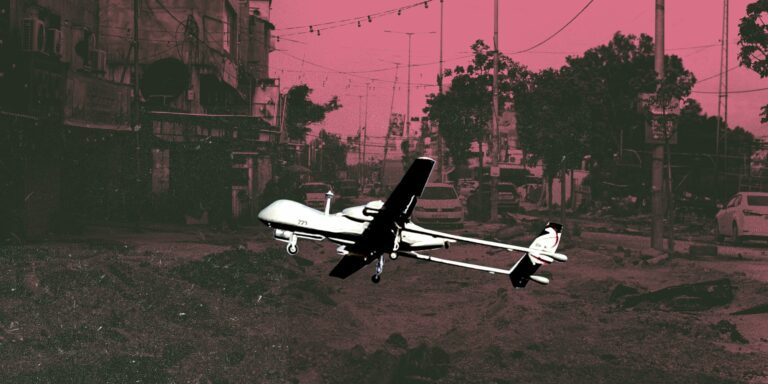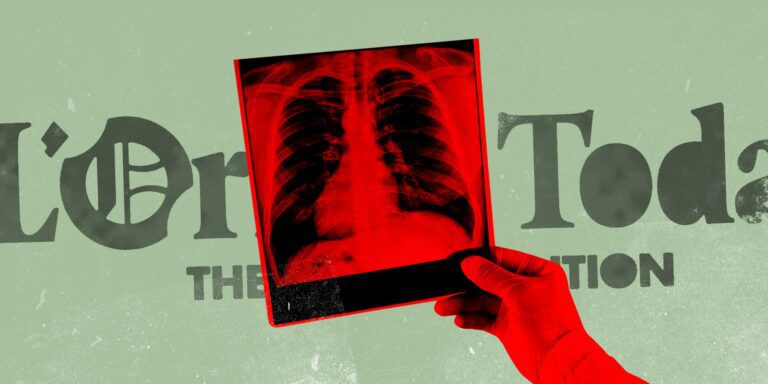Umm Bilal, is a Lebanese woman living in Tripoli north of the country. Her husband has brain cancer and her son is completely paralyzed since his birth. Umm Bilal has to suspend her husband’s chemotherapy until she is able to put together the money to pay for the session that he needs twice a month. Before the crisis, each session used to cost LBP450,000 [approximately $300 before the devaluation of the Lebanese Pound]. It has now jumped to LBP750,000 (around $40 based on Oct 2021 exchange rates).
“I pay for two chemotherapy sessions for my husband out of my own pocket and the third session is taken care of by the Health Ministry with an additional fee that I must pay amounting to LBP350,000, and that is about half the total cost.”
Umm Bilal is an example of the suffering that the Lebanese are facing when seeking medical treatment due to the exacerbating economic crisis hitting the country since 2019. It is a crisis that has seen the doubling of the cost of treatment and medications and a decrease in patient visits to doctors.

Doctor Fees Double
People looking for medical treatment share one concern: How to obtain good medical examination at an affordable price? Such sexaminatis are now tied to the dollar, at a time when most Lebanese earnings are in the local currency (the Lebanese pound). Those who in the past used to go to private clinics are now unable to afford the doctor’s fees even at hospitals clinics.
Traditionally doctors in the capital Beirut charged the highest consultation fees even before the current economic crisis. Such fees have now increased by 100%. Beirut is followed by Mount Lebanon and the Bekaa’ Governorates that have recorded rate increase of 107% and 102%, respectively.
The change in the pricing has impacted the overall number of patient visits to their doctors. A survey by the investigator that included 498 participants selected randomly has shown that forty-two percent of the respondents visit their doctor less frequently after the economic crisis. Forty-one percent of those usually get their treatment in Beirut Governorate, while 28% are in Mount Lebanon. The explanation for this is that doctor consultation fees were high to begin with in these two governorates and they stood at LBP108,000 and LBP72,000 respectively. These consultation fees doubled after the economic crisis.


North Lebanon and the Bekaa’ recorded the highest increase in medical consultation fees.
The matter is out of control
The sight of over crowded private doctors’ clinics, with over booked appointment lists for consultation or follow up is a thing of the past. The cost per consultation now ranges between LBP200,000 (approximately $10) and LBP300,000 (approximately $15). This has forced many patients to seek treatment in public sector clinics or (community) healthcare centers (usually those are charitable entities geared to offer affordable healthcare) where the consultation fees don’t exceed LBP20,000 (in current exchange rates this equals one US dollar).
At the American University of Beirut Medical Centre, fees charged by specialist doctors have increased to LBP400,000 for the first visit and LBP225,000 for a follow-up visit, from LBP150,000. Consultation fees for psychiatrist services could cost LBP 600,000 ($30 approximately).
Each doctor has his own pricing system, and the situation is “out of control” according to Dr. Assem Araji, the Chairman of the parliamentary Health Committee. There is no compliance with the pricelist of the Lebanese Doctors Association which sets consultation fees at between LBP100,000 to LBP150,000 ($5 to $7.5 approximately). The cost of a medical consultation is also different from one area to another, according to Araji. “Such costs in cities and their suburbs are higher than those in rural areas where the cost is between LBP50,000 and LBP75,000. The cost of consultation at university hospitals or private clinics in cities increases drastically to about LBP350,000.”
“Escape” from Hospitals to Clinics
In the “Fassouh” neighborhood in Al-Ashrafiyeh in Beirut, two ladies live in a house still baring the marks of the port explosion. Alone, they strive for their daily sustenance. Pascale Saad faces difficulties in securing her medications and those of her sister due to shortages in the market or because they cannot afford them since they too have doubled in price. “My 45-year-old sister suffers from muscular dystrophy which is an incurable disease. She cannot talk clearly and suffers from poor eye sight. She swallows her food and moves with difficulty, although she is still able to work one or two days a week,” says Pascale.
At 51 years of age, Pascale is asthmatic, her condition has deteriorated after the port explosion and has been suffering from pneumonia. She was not able to be treated at a private clinic as she doesn’t have LBP10 million (approximately $500).
What exacerbated the situation is that the Ministry of Social Affairs (that deal with pension and social care) has been delaying the payment of refunds for the cost of consultation in “fresh” dollars (cash dollars not transferred from an account prior to November 2020), or the high fees exceeding LBP350,000 charged at specialist clinics. This is at a time when Pascale’s monthly salary was LBP1.7 million, including transportation. As for collecting payments from insurers, her sister has only a Social security card, but it does not cover doctor’s consultation and does not automatically grant her a hospital admission.
In Mount Lebanon, Ward Al-Shami who is 71 years old living with diabetes and hypertension (high blood pressure) has been taking special medications for five years. It was all normal until things changed course in the past few months as her needed medications were no longer available to buy from the market.
Al-Shami has never visited the Primary Healthcare Centre in Ras Al-Matn area (Ba’abda District) except once in the past, because she was normally going to private clinics. With all doors closing in her face, particularly in terms of securing her medication, her only option was that Centre, where she had to set up a medical file that would allow her to obtain medicine (for free).
The same applies for her daughter Rabi’a, who stopped taking her asthma medication six months ago as she could no longer find her nebulizer in pharmacies.
Randa Hamadeh, the Director of the Primary Healthcare Department at the Ministry of Public Health, attributes the increase in the number of patients resorting to clinics to the still low prices of services (ranging between LBP5,000 and LBP18,000), and because most of these clinics are subsidized by local of international charitable organizations. Approximately 1.8 million benefit from these centers annually, according to Hamadeh (1.2 million of those are Lebanese and 600,000 are Syrians), and those centers have dispensed approximately 6.5 million examinations, medications, medical tests every year.


At Al-Maqased Society’s Al-Hurj Centre in Al-Barbir neighborhood in Beirut, patients arrive early to reserve a place in the queue, fearing that the specialist would leave without examining them. This scene, according to Rania Al-Za’tary, the Director of Al-Maqased’s Social Health Bureau, must sound the alarm bells as visits to our centers have increased by more than 300%. “We used to see 200 patients per month; we now treat over 800 patients.” Each patient pays LBP3,000 to benefit from an examination and receiving the medication needed; an amount equivalent to a few cents which is nothing compared to the fees paid for a consultation at a private clinic, according to Al-Za’tary.
Marwa Harb, an accredited midwife and nurse, estimates that the clinic receives more than 100 patients daily as a minimum, despite doctors’ shortages due to their migration from the country, and the difficulties faced by the center in its efforts to reconcile its balance sheet with the donors who cover only the cost of examinations and medical supplies.
The scene is not different at the Antelias medical clinic (Mount Lebanon), whose owner Issam Milan affirms that “the rate of patients arriving at the clinic increased by 3 to 4 folds.” Similarly, the number of visits has increased by 1,000 or 1,500 at the healthcare center in Ras Al-Matn as it is easy for anyone to benefit from a general practitioner consultation and the services afforded by the center by simply filling in a form to open a medical file according to Muna Ghazal, the Centre’s Director.
A complex situation Based on a survey conducted by the investigator with the participation of 82 physicians working in different areas of specialization in different Lebanese governorate, 65% of the sample respondents confirmed that patients visits to doctors clinics have decreased due to the economic crisis, particularly in Mount Lebanon, in South Lebanon, and in Beirut. These are the same governorates that have witnessed the highest increase in the costs of medical consultation.
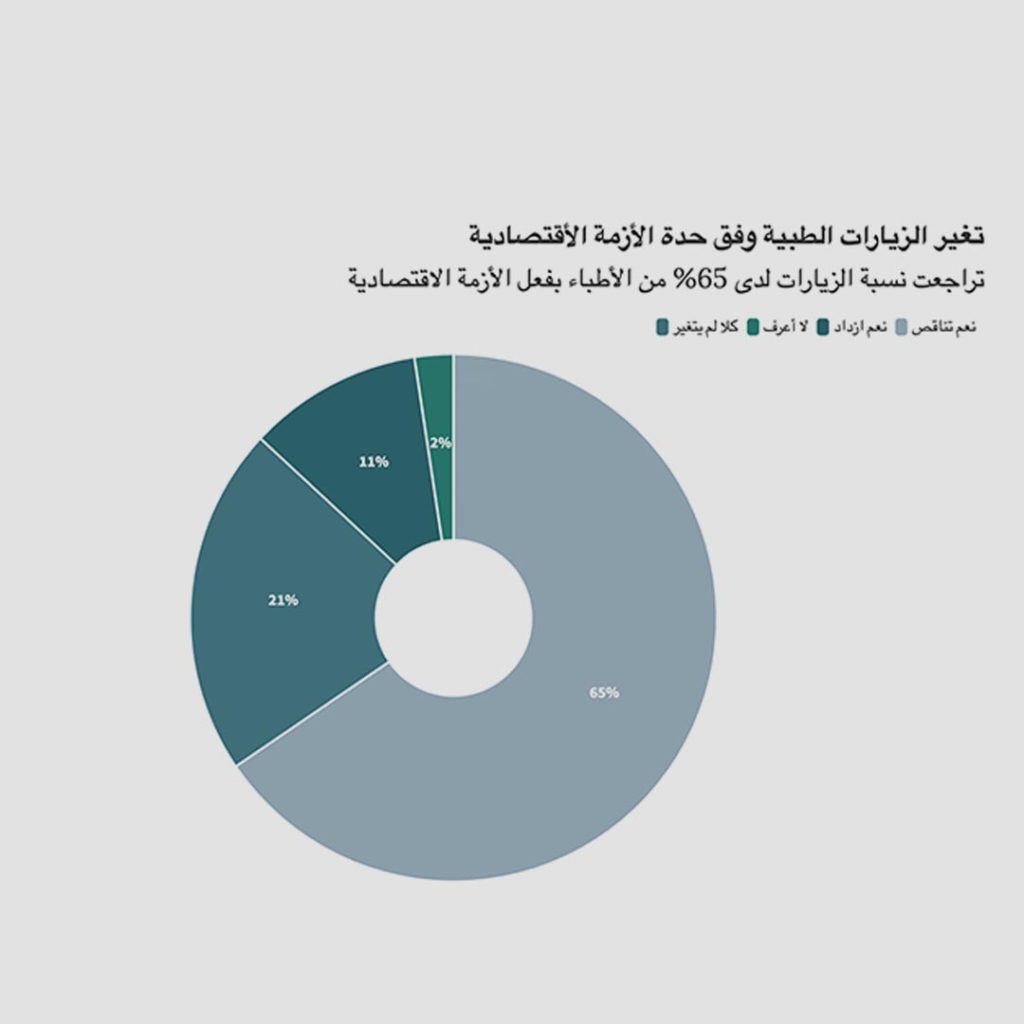

Rate of visits decreased for 65% of doctors due to the economic crisis.
Yes, decreased (65%)
Yes, increased (21%)
I do not know (2%)
No, did not change (11%)
Twenty-six percent of doctors specializing in internal medicine saw a decrease in the number of patients visits, 22% reduction for the pediatricians. This indicates that a section of the population is abandoning primary healthcare completely due to the high prices.
The increase in doctor consultation fees was unacceptable for patients and this has been one of the main causes of doctors’ leaving the country in search of opportunities abroad. According to Firas Hallaq, a former emergency specialist in various Lebanese hospitals, it has become impossible to make a living from the practice as before.
There are no exact statistics specifying the number of doctors who have left the country. However, Sharaf Abu Sharaf, President of the Beirut’s Doctors Association estimates the number of doctors who have left the country (since the start of the crisis two years ago until September 2021) at 2,000 out of the 15,000 practicing doctors in Lebanon. This, according to Abu Sharaf, leads to the operations shutdown of entire departments in hospitals as a result of doctors departure.
Abu Sharaf adds that “the government refuses to increase the pay doctors working in public hospitals receive, which was LBP42,000 per consultation (this used to be equivalent to about $25 before the crisis), but now it is equivalent to just $2.”


Economic Crisis Background
The dollar exchange rate had been stable for several years, at the rate of LBP1515 to the US dollar, as fixed by the Lebanese Central Bank. The Lebanese pound’s value started to drop on the black market as of August 2019, with the price of a US dollar reaching LBP1530. Lebanon’s currency kept its downward spiral throughout 2019 at a slow pace.


In 2020, the Lebanese Pound lost four times its value
Dollar per LBP100,000
The year 2020 witnessed the major deterioration of the value of the Lebanese pound. To this date, Lebanon’s national currency continues to lose value on a daily basis against the US dollar, resulting in problems in health, infrastructure, and transport sectors due to the problems of securing enough hard currency to pay for fuel, medical supplies, and medicines import.
This financial collapse has directly affected individuals who have lost their purchasing power many times over. The average annual income in Lebanon dropped as a result from $7,660 in 2019 to $2,746 in 2020.
The annual inflation rate jumped to 84.9% in 2020 from 2.9% in 2019, according to the consumption price index study published by the National Central Administration of Statistics. In other words, inflation has multiplied by more than 40 times.
These figures admitted Lebanon to the list of the 10 worse economic crisis the world has ever seen. Perhaps the Lebanese economic collapse could rank among the worse crisis ever seen since the 19th Century, according to a study published last June by the Lebanese Economic Observatory, which is affiliated with the World Bank.
That study suggests that more than half the population will be living below the poverty line, particularly those who receive their salaries in Lebanese pounds and those are the overwhelming majority of the labor force of the country.
While the crisis perfects its stranglehold on the Lebanese people’s necks, Umm Bilal expresses a state of despair regarding the provision of her husband’s medication: “With every [chemotherapy] session, I get depressed and I think about stopping the sessions, but my conscience does not permit it. I will only stop his treatment when the doctor says so.” As for her fully paralyzed son, she relies on donations after a government organization stopped supplying him with “the diapers.” She concludes: “I will continue treating them as long as I can, even if I had to sleep on the mosque’s doorstep to collect the necessary money.”
This investigation was carried out with the support and oversight of the ARIJ network for investigative journalism.
Read Also:

